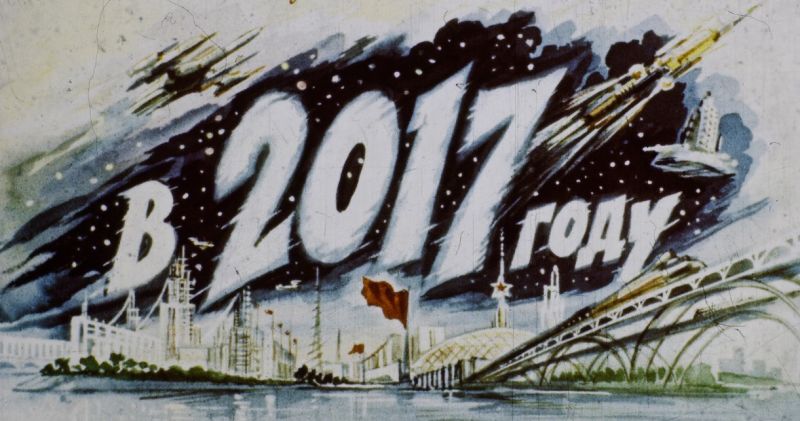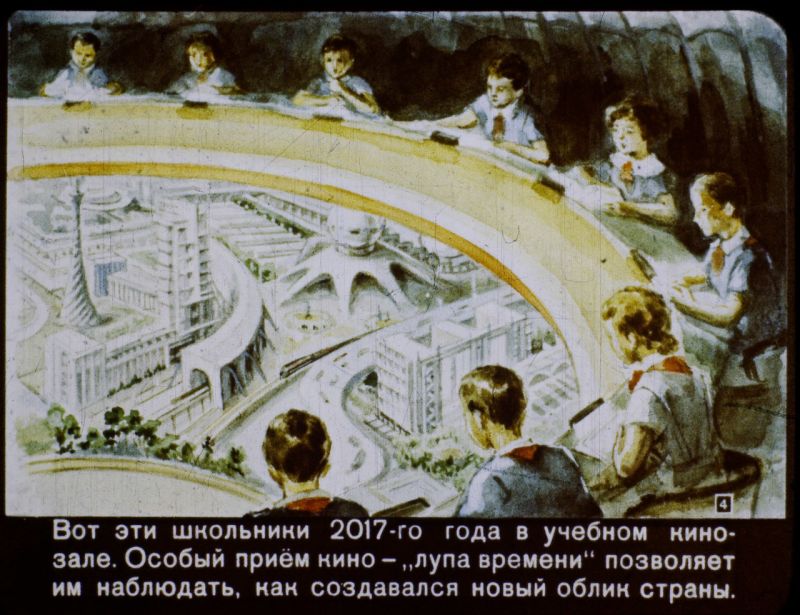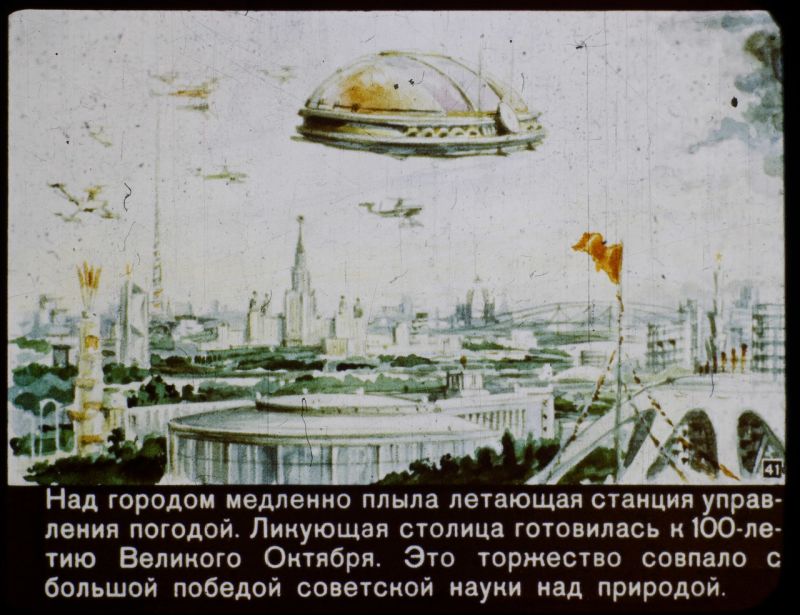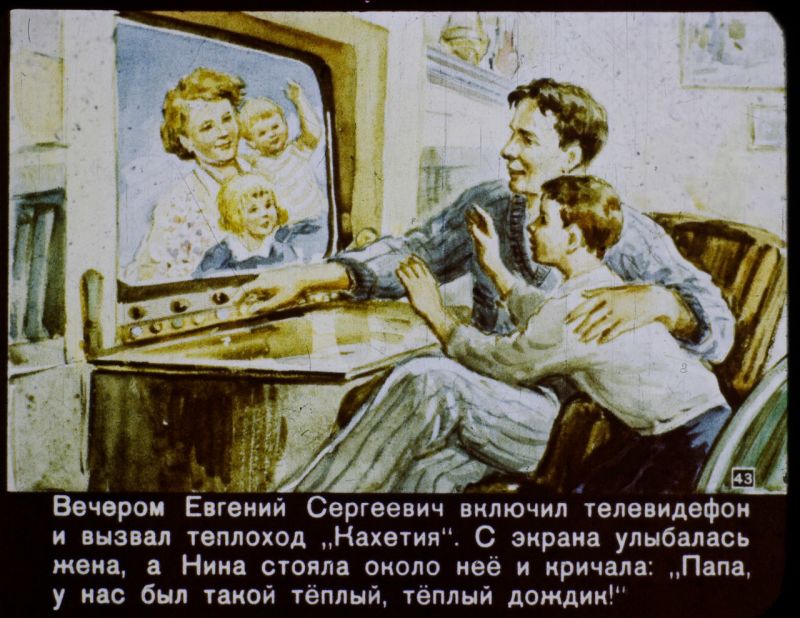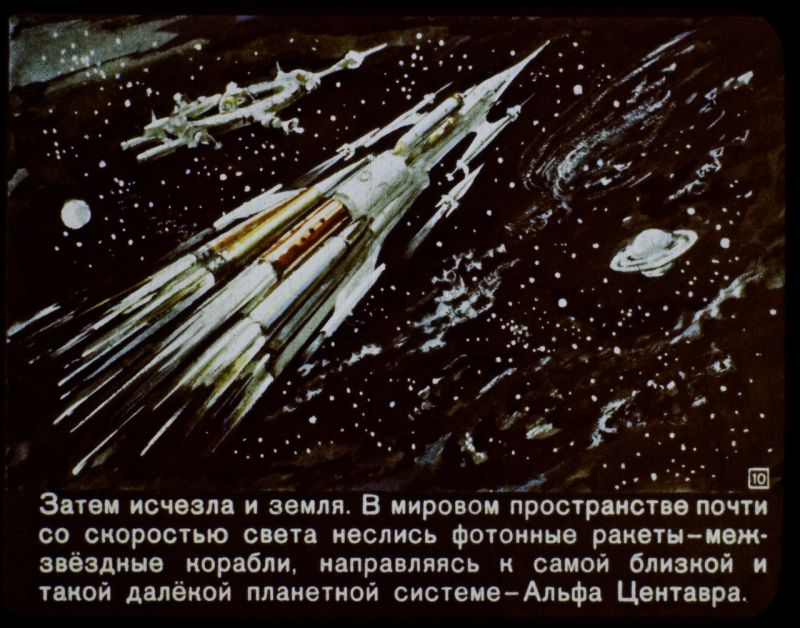Architect, inventor, theorist, and all-around fount of ideas Buckminster Fuller came up with many new things, though most of us associate him with one above all: geodesic domes. Those distinctive hemispheric structures built out of strong triangular parts, having gone in and out of vogue over the decades, most recently reappeared in the zeitgeist as the type of lodging promised to the attendees of the ill-conceived Fyre Festival — an ultra-luxury market-targeted disaster not representative, safe to say, of the world Fuller spent his entire career trying to realize. His vision of a future for “Spaceship Earth,” as he called it, drove him to create all he created, from new maps to new houses to new cars to new sleeping methods. But what did he base that vision on?
“Fuller’s philosophy could be best summarized as being a social thinker, believing that humanity’s survival is contingent upon how it manages Spaceship Earth and the resources it contains,” says the narrator of the three-minute Prosocial Progress Foundation primer above, “and that creating abundance whilst doing little to no harm to the environment would help to alleviate a lot of the problems in the world today.”
With every project he emphasized “systems thinking,” or thinking premised on “the idea that the world is an interconnected system with interconnected problems, and that a way to solve these problems would be to call upon collective action.” We’d all have to work together, in his view, to solve the problems we suffer together.
That notion may strike us as utopian even today, and indeed, most of Fuller’s inventions only saw limited application during his lifetime. But the label of utopian, which suggests a disregard for the rigors of reality, doesn’t quite fit the man himself, so much concern did he have for practicalities like the efficient allocation of resources, quick construction and deployment, and ease of use. But given the dystopian terms we’ve increasingly come to use to describe events here on Spaceship Earth, maybe we need a Fuller-style practical utopianism now more than ever. If these three minutes have given you a taste for more of the details, have a look at Fuller’s video lecture series Everything I Know — but make sure to clear 42 hours of your calendar first. The future of humanity may depend on it!
Related Content:
Buckminster Fuller’s Map of the World: The Innovation that Revolutionized Map Design (1943)
The Life & Times of Buckminster Fuller’s Geodesic Dome: A Documentary
Watch an Animated Buckminster Fuller Tell Studs Terkel All About “the Geodesic Life”
A Harrowing Test Drive of Buckminster Fuller’s 1933 Dymaxion Car: Art That Is Scary to Ride
Everything I Know: 42 Hours of Buckminster Fuller’s Visionary Lectures Free Online (1975)
Bertrand Russell & Buckminster Fuller on Why We Should Work Less, and Live & Learn More
Everything I Know: 42 Hours of Buckminster Fuller’s Visionary Lectures Free Online (1975)
Based in Seoul, Colin Marshall writes and broadcasts on cities and culture. He’s at work on a book about Los Angeles, A Los Angeles Primer, the video series The City in Cinema, the crowdfunded journalism project Where Is the City of the Future?, and the Los Angeles Review of Books’ Korea Blog. Follow him on Twitter at @colinmarshall or on Facebook.
